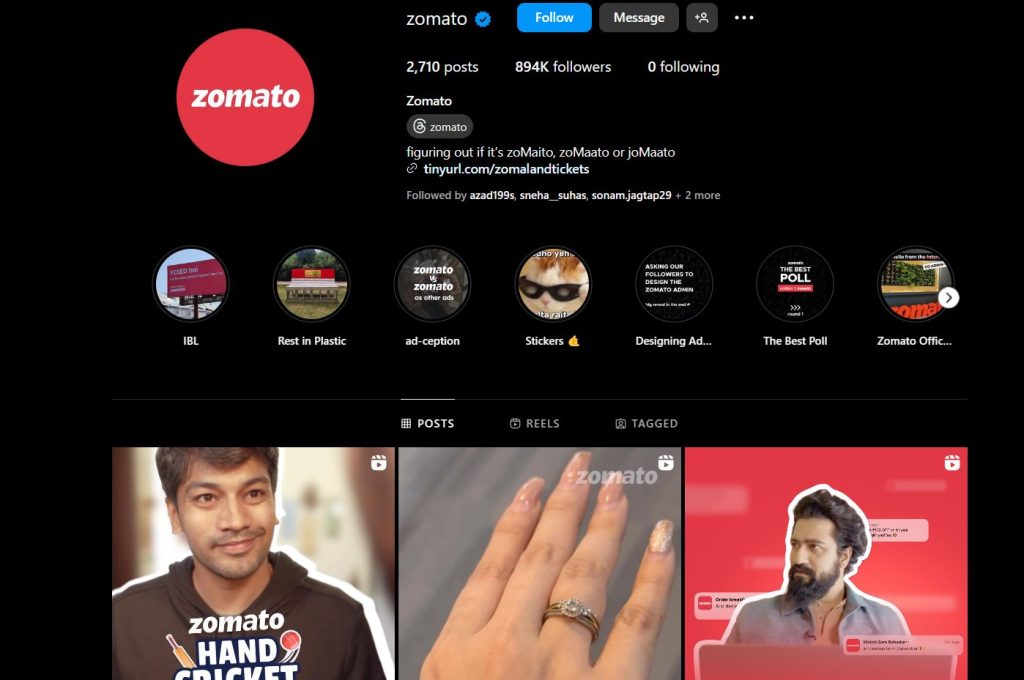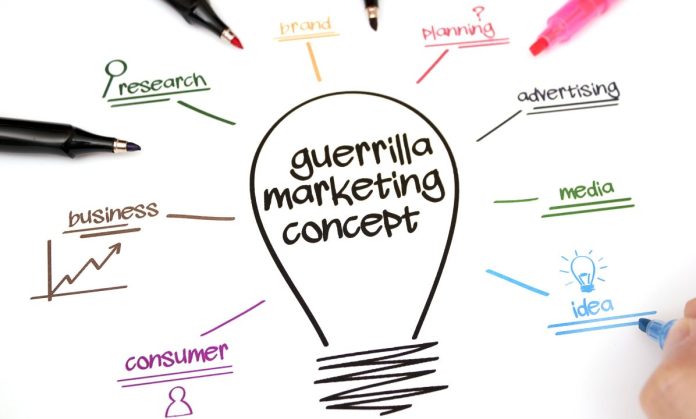Guerrilla Marketing was first described in 1984 by American advertising executive Jay Conrad Levinson in his book Guerrilla Marketing. The idea is to raise brand awareness through low-cost, non-traditional means. Brands interact with customers in person or online, adding a unique touch that leaves a lasting effect. The idea is that brands can use their “guerrillas” to fill in the gaps left by traditional marketing.
The phrase “guerilla marketing” comes from the small-scale strategies used in guerilla warfare, which includes ambushes, sabotage, raids, and surprise elements by both armed civilians and paramilitary forces. Guerrilla marketing tactics use innovative and unexpected techniques to make a lasting impression on audiences, much like guerilla warfare.
Guerrilla marketing is a tactic used by businesses to advertise goods and services through unexpected and unique interactions. It is not like traditional marketing in the sense that it targets smaller groups in particular locations, relies on personal engagement, has a smaller budget, and comes from original ideas. Guerrilla marketing is becoming a more and more popular strategic approach for many brands.
People are becoming accustomed to dismissing conventional advertisements on TV, radio, and pop-up windows. For example, a lot of people skip the advertisements that appear before YouTube videos. Guerrilla marketing thrives in this situation because it deviates from the norm and employs surprise to draw in customers. In the highly competitive world of today, strategies must be extremely compelling. Nowadays digital marketing works more effectively because it reaches customers where they are—online. When executed properly, guerilla marketing seeks to increase brand recognition on digital channels.
Guerrilla marketing is cost-effective because it provides a low-budget option. It also has the potential to have a large impact and a wide audience, which will make your brand memorable. It’s a fun process that encourages creativity and the production of original ideas. Furthermore, you can learn about consumer perceptions through guerilla marketing by observing how they respond. The campaign may even become viral if participants or the brand itself share it on social media, giving it the most visibility and possibly even media attention. Finally, it offers chances for collaboration, cultivating advantageous connections with venues, events, or other companies.
Successful Guerrilla marketing tactics include essential components. First and foremost, they need to be clever enough to make viewers think and analyze the advertisement. These tactics should also be persuasive to grab customers’ attention and make them value the advertisement. They must also evoke the desired emotional response from customers and be memorable. Finally, interaction is essential to maximize the overall effect of the guerilla marketing campaign, whether it is with the surrounding environment or with direct consumer engagement.
Indian companies that have used guerilla marketing tactics include:
1. Zomato, interacts with its audience on social media through amusing and creative posts. They frequently use memes and references to pop culture in their advertising.

2. Amul typically bows to clever and topical advertisements that make social commentary and commentary on current affairs. Though not exactly guerrilla marketing, these advertisements show a clever and adaptable marketing strategy.

3. Fevicol, an adhesive brand, employs imaginative and lighthearted commercials. One of their most well-known campaigns featured absurd and comical scenarios designed to highlight the power of Fevicol.

Guerrilla marketing can have a profound and emotional impact, but its effectiveness depends on how well it is carried out. Think carefully about the important questions to find out if this strategy fits with your brand. Do you have a fun and original idea to draw in potential clients? Does your idea respectfully fit into the environment or culture of the place? Is it possible for bystanders to actively engage in your campaign, and if yes, how? Does your idea align with the positioning and intended message of your brand? Does it run the risk of controversy or is it lawful? Can you accurately record and assess the campaign’s outcomes? Does it have the potential to go viral? Depending on the benefits and risks, you can determine whether to start a guerilla marketing campaign. Engaging in events can help even smaller local brands gain more credibility, even though larger brands tend to target specific locations for word-of-mouth dissemination. Whatever the industry, guerilla marketing consistently shows to be an affordable way to win over new clients.
The approach taken by guerilla marketing differs from that of conventional techniques. It employs original and reasonably priced strategies in place of the conventional ones to draw attention to a business, item, or brand. The emphasis is on more straightforward and captivating customer acquisition tactics.






























